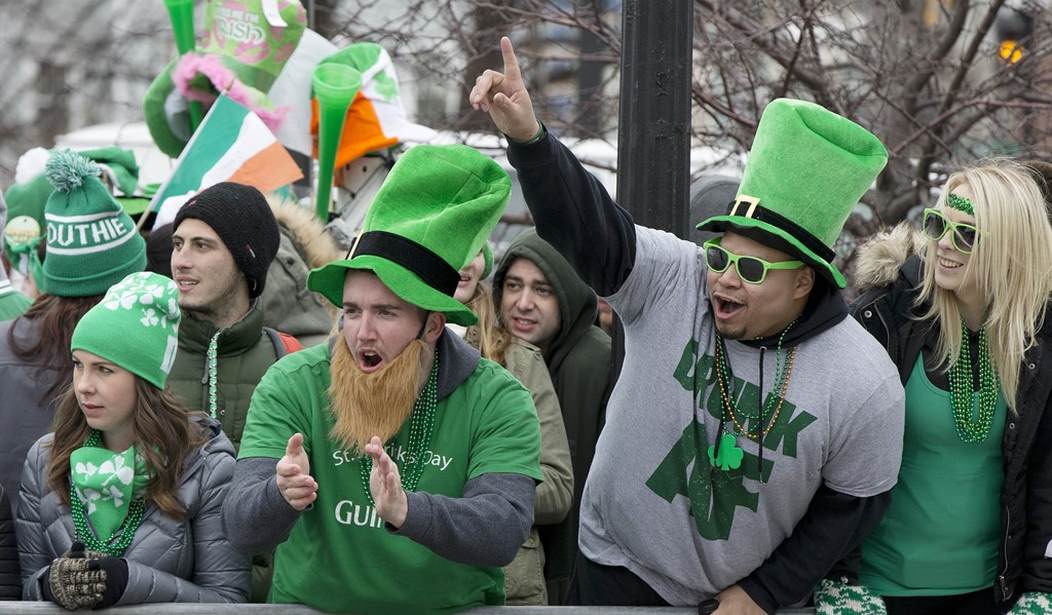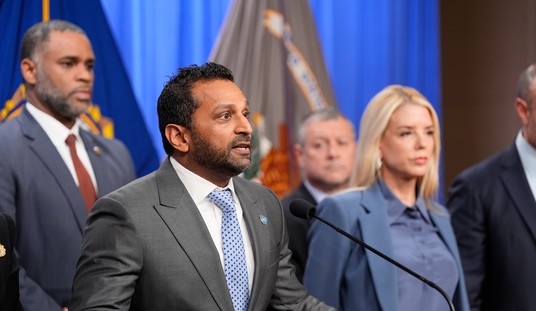Green has never been my favorite color, but I happily wore it each March 17 growing up. Attending Catholic school in the 1950s and '60s meant celebrating St. Patrick's Day with shamrocks and green, even if you weren't Irish. I doubt that many of my classmates, with names such as O'Connor and Moynihan and Ryan, ever imagined I was Irish. But two of my great-grandparents, Catherine Dolan and Michael McKenna, were Irish through and through, with both families hailing from County Mayo, one of the poorest on the west of the island. As I grew older, I became quite proud of that heritage, falling in love with Irish literature and music. Being of Irish descent in America is so commonplace -- 34.5 million Americans list themselves as primarily or partly Irish -- we rarely think of the Irish as particularly distinguishable from others of European descent. It wasn't always so.
The Irish who came in the 19th century, including my family, weren't exactly welcomed with open arms. Most were fleeing poverty and famine. They traveled across the Atlantic in the most unhealthy and dangerous conditions. As my friend and colleague Jason Riley wrote recently in The Wall Street Journal, 19 percent of Irish emigrants died on their voyages in 1847, more than twice the average death rate of Africans on British slave ships: "Slave-owners had an economic incentive to keep slaves alive. No one had such an interest in the Irish." Discrimination once the Irish got here was widespread, though it may have been based on antipathy toward Catholicism as much as ethnicity. "No Irish Need Apply" signs may not have been so endemic as collective memory serves, but prejudices against the Irish were common in the largely Protestant America of the 19th century. The Irish started their lives in America on the bottom rungs and had to work to move into the middle class and acceptance by those of native stock.
Catholic schools, including the ones I attended for 12 years, were part of the story of that upward mobility. Fearing that Irish immigrant children would be corrupted by attending public schools -- which had no fear of proselytizing Protestantism at the time -- Catholic dioceses set up elementary and high schools that offered a first-rate education at little cost to parents because the teachers were mostly nuns and priests who took vows of poverty. The church may have started those schools to keep the Irish Catholic, but the schools' emphasis on discipline was their most important contribution to the success of their students. By 1912, second-generation Irish Catholics were attending college at roughly the same rate as Protestant Americans. Today Irish-Americans exceed the rate of college completion for the nation as a whole, earn somewhat more than average, are less likely to live in poverty and are likelier to own a home. The Irish are a success story, despite their humble beginnings.
Recommended
So, when throngs march down Fifth Avenue in New York with bagpipes playing and political luminaries in attendance for Saturday's St. Patrick's Day Parade, it will be a celebration not so much of Irish heritage as of American assimilation. As many as 150,000 people will march in the parade, which will be viewed by as many as 2 million along the route, passing St. Patrick's Cathedral and ending at the American Irish Historical Society on 80th Street. I suspect that a lot of those lining the streets won't have roots on the Emerald Isle, but they will be there to celebrate what it means to be part of the great melting pot that is America. They'll wear a green tie or scarf, eat corned beef and cabbage for dinner, and maybe down a pint of Guinness at the local pub afterward.
Celebrating St. Patrick's Day isn't so much about being Irish as it is about the knowledge that most of us came from somewhere else and we're happy to proclaim a kinship, whether it's in our genes or not. We are all inheritors of the luck of the Irish whose ancestors, like most of ours, came to America from across the seas.

























Join the conversation as a VIP Member